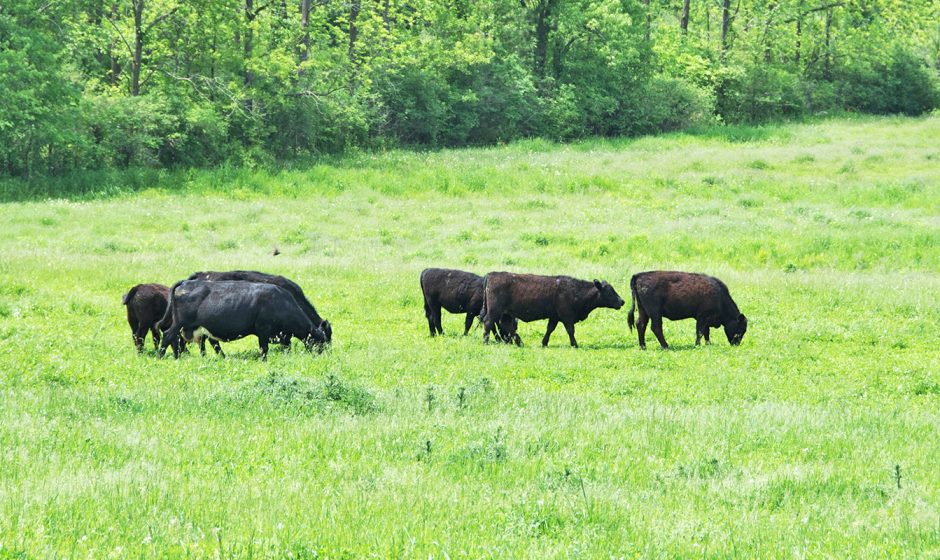Forage producers should begin removing seed heads from tall fescue grass pastures soon to reduce toxic endophytes that thwart herd health and profits, says University of Missouri Extension state forage specialist Craig Roberts.
Seed heads typically emerge by mid-May in most of Missouri’s tall fescue pastures. They contain five times more ergovaline than leaves and have little nutritive value, says Roberts. In early summer, seed heads can also become infected with ergot, a highly toxic fungus that grows on the seed. Ergot infects most grasses and small grains, not just tall…



